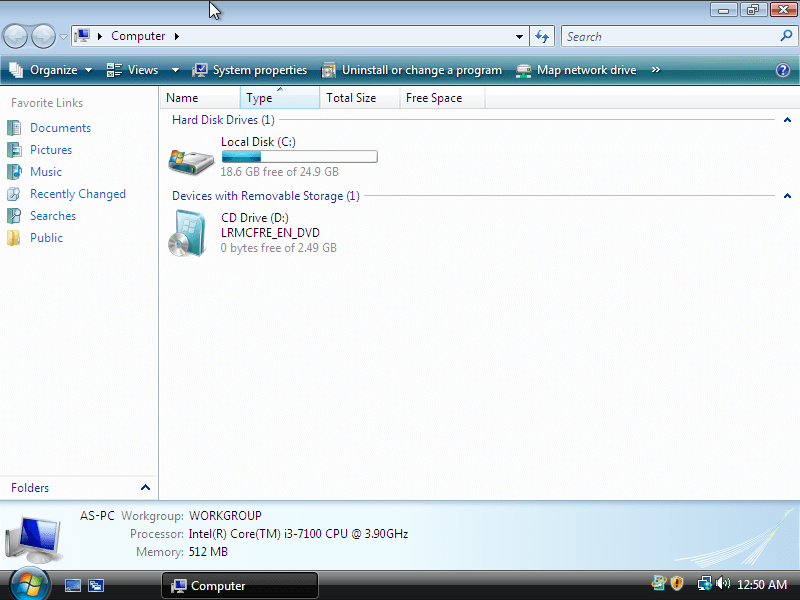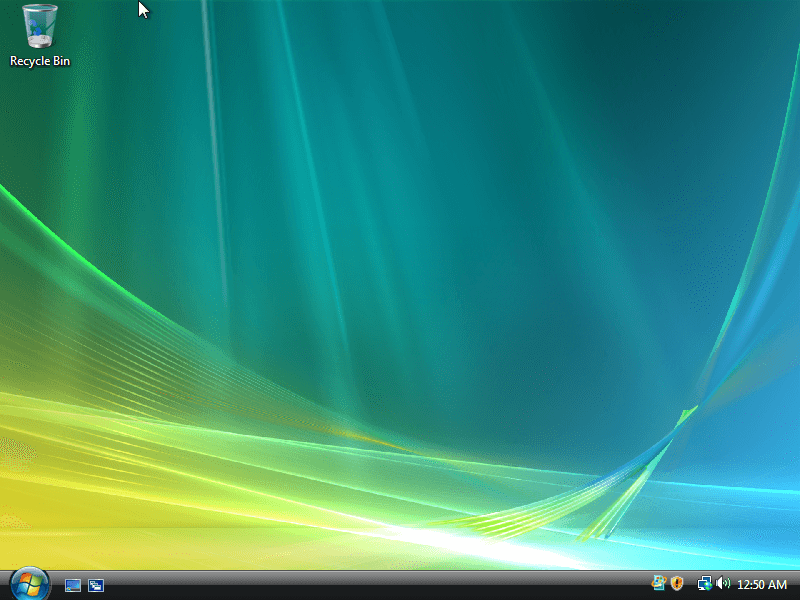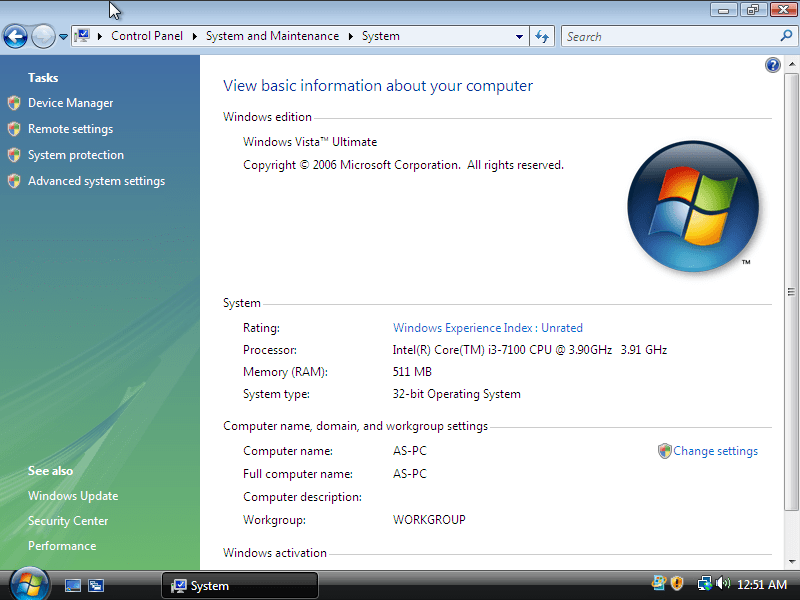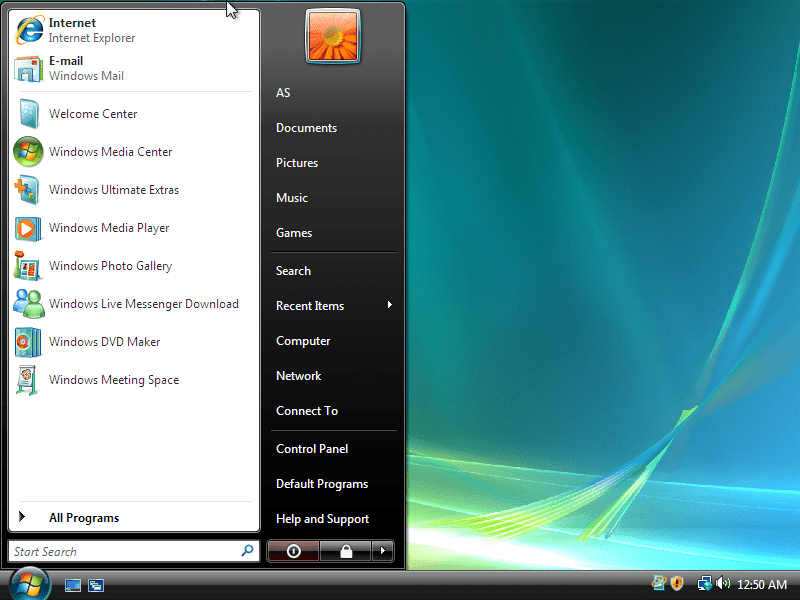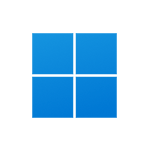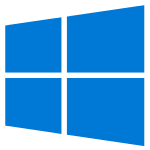Download operating system
for your personal computer.
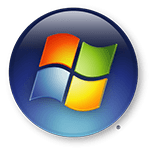
Windows Vista Home Basic, Business, Ultimate, Home Premium, Starter (32/64 Bit) Free Download
- OS Version: Windows Vista
- OS Variant: Microsoft Windows
- OS Family: Windows
- Developers: Microsoft
Description
Windows Vista (the successor to Windows XP) was first released to the public on January 30, 2007. The graphical interface of Windows Vista was heavily modified with those small UI components like checkboxes, input fields, loaders and radio buttons. In addition to this there are many more new graphical changes such as a new user interface included called 'Windows Aero', redesign of OS interface with glass-like design, windows Flip 3D effect, live thumbnail, and more animations. The most notable components of Windows Shell are updated, like the Start Menu, Windows Explorer and Taskbar, along with new features and designs. Search in Windows Vista allows users to search files and folders faster with instant search results.
Compared to Windows XP, there are several new features and programs in Windows Vista, such as Backup and Restore Utility, Windows Desktop Gadgets, Microsoft's Mail Application, Default App Option, Desktop Window Manager, Multilingual User Interface, New Fonts, System Performance and Security Improvements.
There are 6 variants of Windows Vista for personal and business use, which are Starter, Home Basic, Home Premium, Business, Ultimate and Enterprise. All versions (except Starter) are available for 32 and 64 bit enabled PCs.
Starter - This is light version of Windows Vista compared to all other editions, and it was specially designed for low end computers. The only 32-bit version of Starter Edition is available, while all other Vista editions come for both 32 and 64-bit capable personal computers. Windows Vista Starter Edition is limited to 1 GB RAM and up to 3 applications can run at one time. Vista's most notable features such as the Windows Aero interface, backup and restore components, and multilingual user interface are not available in the Starter Edition.
Home Basic - This edition is available for both 32 and 64 bit platforms, 32 bit version of Home Basic is limited to 4 GB RAM, while the 64 bit version uses up to 8 GB of RAM. Instant search, desktop window manager, and performance improvements are available in this version, while features like Complete PC Backup, Windows Media Center, Windows Aero UI, BitLocker and Multilingual User Interface are not available in the Home Basic.
Home Premium - It supports all the features of Home Basic, the new Aero UI and Windows Media Center. The 32-bit version of Home Premium uses up to 4 GB of RAM, while the 64-bit version is up to 16 GB RAM.
Business - The edition is specifically introduced to business users, and includes all the features of home premium edition. Addtionaly this version includes Complete PC Backup, Remote Desktop Services, Windows Fax and Scan, and IIS service. The 32-bit version of the business edition uses up to 4 GB of RAM, and 64-bit version up to of 128 GB RAM.
Ultimate - This is the highest edition / version of Windows Vista that has more features than all other editions. The 32-bit version of Windows Vista Ultimate uses up to 4 GB of RAM, and 64-bit version up to 128 GB RAM.
Service Pack 1 - Vista SP1 was released on February 4, 2008, it includes improvement in performance, and support for new hardware / software such as Wi-Fi 4 wireless networking standard, UEFI, exFAT file system, IPv6 over VPN, and custom desktop search program.
Service Pack 2 - On May 26, 2009, SP2 was released to the public, in which performance, improvements in networking and new features are available.
Platform Updates - There are two platform updates released by Microsoft for Windows Vista. The first was released in October 2009, and the second update was released in July 2011.
Specification (Home Basic / Business / Ultimate / Home Premium / Starter)
| Available in | 100+ languages |
| CPU Platform(s) | IA-32, X86-64 |
| License | Commercial |
System requirements
Minimum for Home Basic / Business / Ultimate / Home Premium / Starter:
- 800 MHz processor or higher.
- 512 MB of RAM.
- 20 GB of disk space.
Installation instructions (for clean installation)
Starting installer in PC (via USB)
Follow the steps given below:
- Download the Windows Vista ISO image file from the download section.
- Install a USB bootable creation software (such as Rufus) on your Windows computer.
- Plug in a USB flash drive (at least 8-16 GB of space) with your computer.
- Open the USB bootable creation software, and select the ISO image file of Windows Vista, and start the process.
- As soon as done, plug the bootable USB into a system where you want to install Windows Vista.
- Restart the computer.
- Press the boot device menu key and select USB to boot first.
- Select USB device and start the Windows Vista installer.
Starting installer in VMware
- Download the Windows Vista ISO image file from the download section.
- Launch the VMware Player, and start creating a new virtual machine.
- Select the ISO image file of Windows Vista, and use the default settings for the virtual machine.
- Start the virtual machine and go to the Windows Vista installer.
Starting installer in VirtualBox
- Download the Windows Vista ISO image file from the download section.
- Launch the Virtualbox application on your computer, and start creating a new virtual machine.
- Select Windows Vista and use defualt settings for the virtual machine.
- Start VM and when it asks to select the Host Drive, then select the downloaded Windows Vista ISO file in step 1.
Last step
As soon as you go to the Windows Vista install screen, follow the steps given below:
- Select your language and time settings and press 'Install Now'.
- Type your product key, or press Next to activate Windows later.
- Select the version you want to install and proceed.
- Select the installation type to 'Custom'.
- On the partition selection screen, if your PC already has a Windows installed, then select Windows Disk and format the partition. Or, select the Unallocated space, click the Drive Options link and create a new partition.
- Select the disk partition to install Windows and proceed.
- Wait while Windows is installed.
The product activation key is not included in the download file, please use your own.
Download help
In the download menu, 'x86' stands for 32-bit editions, 'x64' is for 64-bit versions. 'Multi Edition' ISO includes all versions of Windows Vista except enterprise.
Screenshots
